Jenny Cooney from Ballinamore Community School, Ballinamore, Co. Leitrim encourages us all to eat more iron
What is iron?
Iron is a mineral which is needed for healthy blood. It makes up part of the haemoglobin molecule in red blood cells.
Did you know?
Women need a higher dietary iron intake than men (14mg compared to 10mg), due to blood lost during menstruation. According to a dietary survey carried out in 2001, just one in three Irish women has adequate iron stores and one in 30 has iron deficiency anaemia.
Functions of iron
- Needed for the functioning of enzymes in our body
- Essential for making haemoglobin in our red blood cells, which is responsible for transporting oxygen around the body
Types of iron
There are two sources of iron.
Haem iron, also known as ferrous iron, is more easily absorbed by the body. It is obtained from animal foods such as red meat, liver, black pudding and chicken.
Non-haem iron, also known as ferric iron, is obtained from foods like eggs, fish and plant food sources like green vegetables, fortified breakfast cereals and lentils. Non-haem sources have to be altered to ferrous iron before absorption. Eating foods rich in vitamin C helps the absorption of non-haem iron.
Anaemia
Anaemia is a deficiency disease as a result of low iron intake. Symptoms typically include weakness, paleness, dizziness and generally low energy levels.
Tips for increasing your iron intake
- Eat a 90-120g portion of red meat (beef, lamb or pork) three times a week
- Choose chicken liver pâté as a starter when eating out.
- Stuff vegetables like pepper or tomato with minced meat fillings.
- Mix some green vegetables like shredded cabbage or spinach through stews or curries.
- Make up high-iron soups using spinach and/or lentils.
- Include a slice of beef in your lunchtime sandwich.
- When eating iron-rich foods, include foods heavy in Vitamin C to help absorption.
- Avoid drinking tea and coffee when eating iron-rich foods, as the tannins contained in these drinks bind with the iron and prevent its absorption.
- If you are vegetarian or vegan consult your doctor or a nutritionist about your diet.
Haemochromatosis
This is a genetic disorder where excessive amounts of iron get absorbed from the diet. This may lead to serious organ damage. Early diagnosis and treatment can prevent organ damage. For more information visit www.haemochromatosis-ir.com
Stuffed peppers with cheesy minced beef
Serves 4
½ tbsp olive oil
1 onion, finely chopped
2 garlic cloves, crushed
500g beef mince
100g mushrooms, quartered
½ tsp dried thyme
Salt and black pepper
4 red, orange or yellow peppers, or a mixture, halved and deseeded
100g Cheddar, grated
- Preheat oven to 200°C/180°C fan/gas mark 6.
- Heat the oil in a large pan, and cook the onion for 2-3 minutes. Add the garlic and cook for 30 seconds, then add the mince. Cook for five minutes, breaking up the mince with a wooden spoon, until thoroughly browned. Drain off any excess fat.
- Return to the heat, add the mushrooms and thyme and cook for a further three minutes. Season and set aside.
- Place the pepper halves upwards facing on a baking tray. Season with salt and pepper, then spoon the mince mixture into each pepper until full.
- Bake for 20-25 minutes until the peppers are almost tender. Sprinkle grated cheese evenly on each one and return to oven for a further 5-6 minutes until the cheese is golden and bubbling. Serve.
Per serving:
335kcals, 11.8g fat (4.4g saturated), 10.1g carbs, 4.2g sugar, 46.3g protein, 2.6g fibre, 0.282g sodium
Just one portion of this recipe contains 156% of the recommended daily allowance of iron!
- summer events
- small business
- gut health
- OATLY
- healthy
- Crudo
- top tips
- All Together Now
- fridge cake
- Events Waterford
- me auld flower
- Events Ireland
- food festival
- news
- dublin
- events Dublin
- dublin festival
- Home-Cooking
- food and drink festival
- online cooking course
- festival line-up
- cooking
- Summer festival
- eco-friendly
- Events
- cosy
- Festivals Ireland
- wine
- Body & Soul
- grapes
- music festival
- south africa
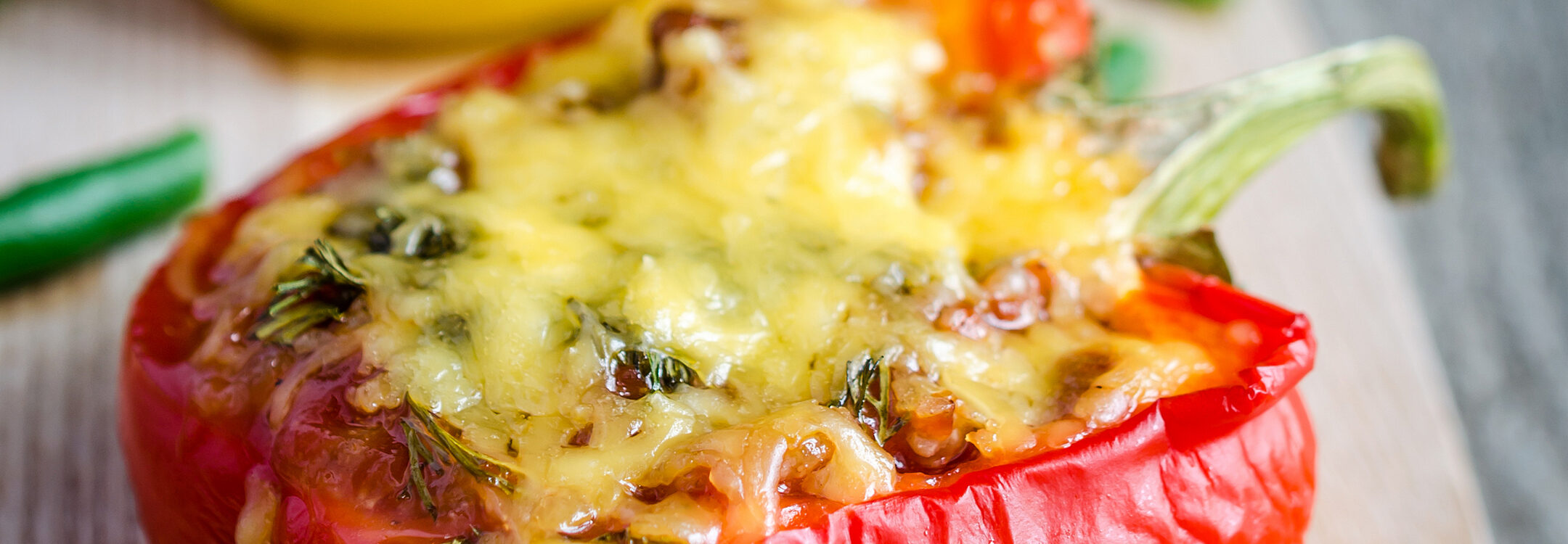
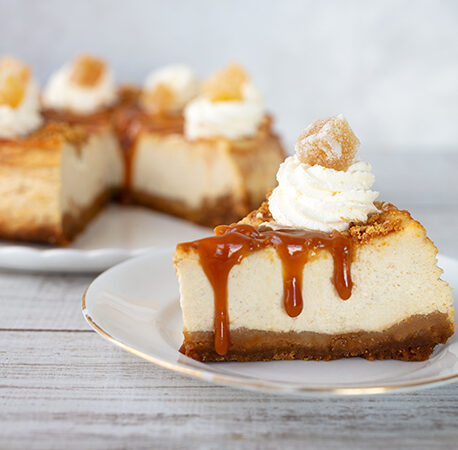
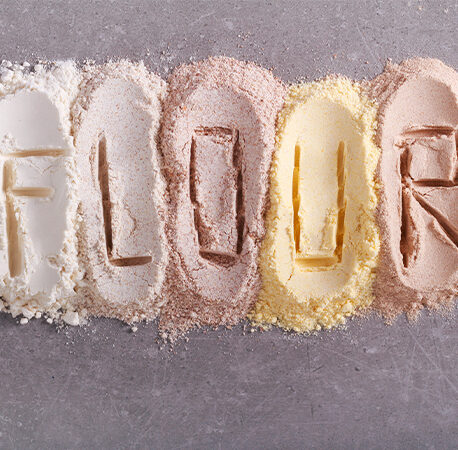
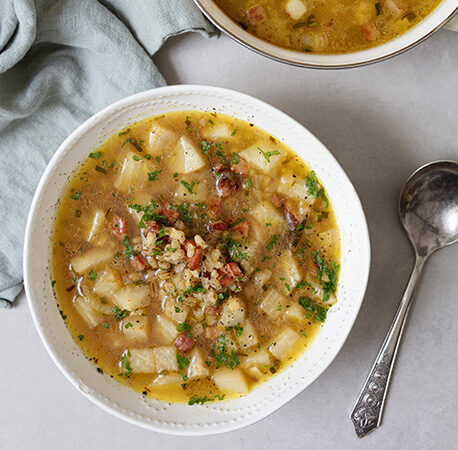
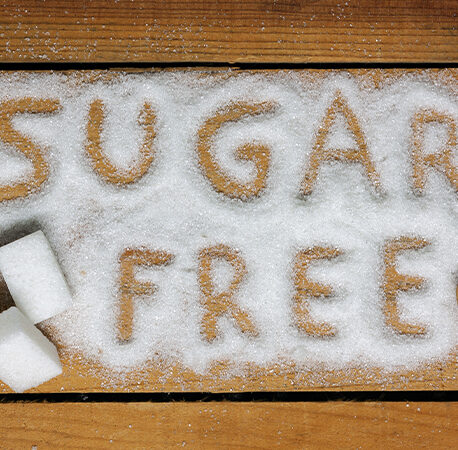
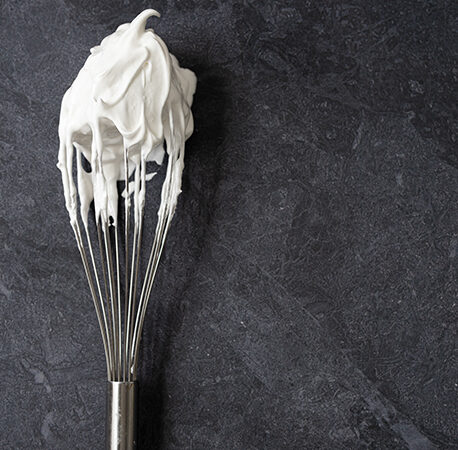
You have to be signed in to comment this post.